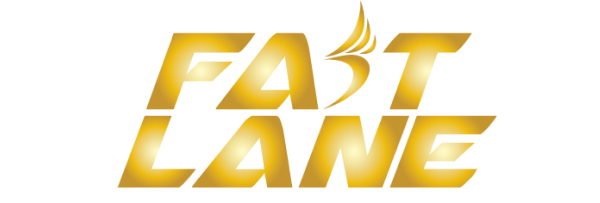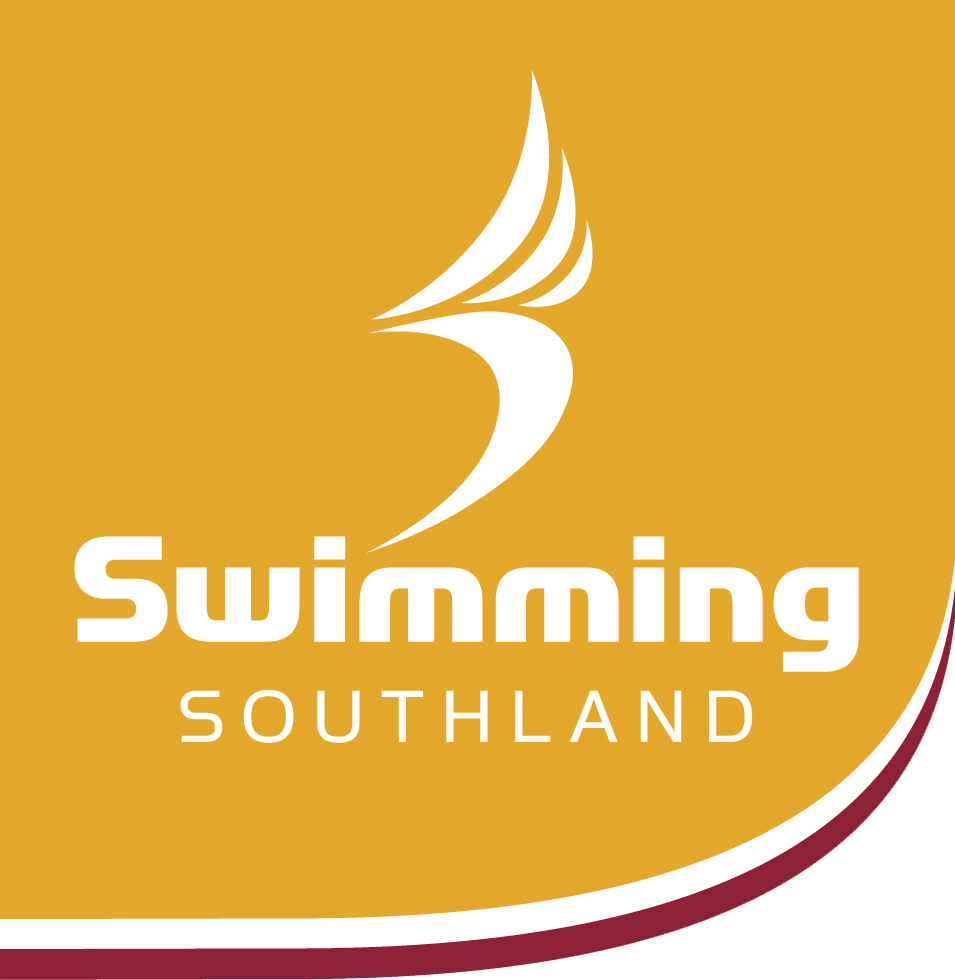Referee
Becoming a Referee is the final step in the process of becoming a fully qualified Technical swimming Official. It means that the Official will have been involved for a number of years and have passed theoretical and practical qualifications for IOT and Starter, Regional JOS or Regional Referee and CRS.
Before applying for the Referee’s qualification check and make sure you can answer “yes” to the following questions.
• Do I have a comprehensive knowledge of the FINA and SNZ rules and regulations and their application?
• Am I able to make quick and accurate decisions?
• Can I work under pressure for long periods of time remaining calm and composed?
• Am I able to deal with people who are at times irate, in a manner that is fair and causes the least amount of disruption and public awareness?
• Can I accept and act on other people’s recommendations and decisions?
• Am I prepared to make decisions that are hard and perhaps unpopular rather than take the easy way out and give “the benefit of the doubt” when it is not warranted?
• Can you honestly say you saw it and not that you ‘thought’ you saw it?
Answering “No” to one or more of these questions is not the end to your aspirations as a Referee. However, before putting in an application for qualification you should feel confident that you know the rules and can in a short time with experience answer “yes” to the remaining questions.
Remember that the Referee is responsible for all aspects relating to the competition. Your decision and actions have a large effect on the conduct of a swim meet and on each individual swimmer’s chances and aspirations.
The following points briefly outline the duties of the Referee:
• Arrive at the pool at least 1 hour before the session is due to commence and report to the Technical Director – check for any special instructions e.g. entries, programme.
• Be aware of any special conditions of the meet. You will find these in either the SNZ Regulations or the meet flier. Have a copy of the meet flier and SNZ Rules and Regulations with you at the meet.
• Check the availability of Officials and make changes or replacements (in conjunction with CIOTs or the Technical Director). Ensure there are sufficient officials appointed to meet the SNZ Meet Approval requirements.
• Check starting blocks, backstroke flags, false start rope, 15m marks, starting equipment, and timing equipment to ensure it meets the requirements as per the Facility Rules in the FINA Rule Book.
• Check the general pool set up for potential foot traffic flow problems or health and safety issues. Report any concerns to the Technical Director or pool staff.
• Meet with key Officials and issue any instructions that may be necessary – e.g. special meet requirements, signals for clearing the pool, notification of disqualification, etc.
• Before the start of the first race check with key Officials to ensure that Officials under their direction are present and that all is in readiness.
• At the start of each race give clear whistle and arm signal after checking that all competitors and officials are ready. Whistle signals must be sharp, long and loud enough for all swimmers and pool deck Officials at both ends of the pool to clearly hear them.
• If appropriate, give the disrobe whistle (4-5 short blasts on the whistle) to summon the swimmers to the starting blocks.
• The backstroke whistles should be of equal loudness and length and the clear the pool whistle should be two short but distinct blasts. Your whistle is your best mechanism for control of the meet. Your whistle should be able to be heard all around the pool. It is important that the time keepers, all the Officials and the public hear that you are about to start a race. It is not just for the swimmers.
• Only place swimmers in the Starters’ hands after they have all settled.
• Discuss with the Starter the action to be taken in the case of a false start. If the Referee drops their arm during the starting procedure the Starter should halt their actions. Any decision for a DQ will only be made as long as the Starter and the Referee both observe the infraction and agree. If a false start occurs, have the Starter activate the false start signal on the starting mechanism if they have not already done so, or by sounding your whistle for several loud blasts. Ensure the false start rope has been lowered by JOS 2.
• During the race, keep an overall observation of the swimmers and Officials in and around the pool.
• At the finish of the race, clear the pool with two short sharp definite whistle blasts.
At the end of the race
Immediately after the race has finished check that all the Chief Inspector of turns and the Judge of strokes have returned to their position, i.e. returned to their chairs or if it is a finals session or heats session returned to their position in preparation for the commencement of the next race. If they’re not where you would expect them to be, they are most likely dealing with an infraction issue and you would expect a report would be pending. If a rule infraction is indicated, immediately signal the CRS to hold the results. Discuss the infraction with the official and if warranted, ask them to complete the DQ form. If you accept the disqualification sign the form and pass it over to the CRS for processing with the results.
The DQ form must include the event, heat, stroke and lane number, with a written description of the infringement. The wording must be in accordance with the rules. (See the SNZ Technical Advisory Committee’s Swimming Rule Quick Reference Infraction Card as a guide). It must also be signed by the Official who witnessed the infringement. Ensure you check all of the above is correct. If you are not completely satisfied give it back to the Official and have it re-written, or, do not accept it. Attention to detail at this point may reduce the likelihood of a protest, which could result in the swimmer being reinstated, due to careless work by officials, when the swimmer should have been disqualified.
Over the top starts
At some National Meets over the top starts are used for the heats sessions. This information will be given to you by the Technical Director at the Officials meeting. However, during some heats sessions there will be timed finals events. You are required to clear the pool prior to starting these events.
Protests and Jury of Appeal
The protest form is to be handed to the Referee with the sum of $100.00 (or amount determined by SNZ) within 30 minutes of the completion of the event in which the incident occurred. The Referee is to consider the protest and make a decision and advise the Team Manager of the decision and state the reason, in writing. If the Referee rejects the protest the region or team has the ability to request the Jury of Appeal to consider the protest. If the Team Manager advises you that they wish to appeal your decision refer them to the Technical Director. It is the responsibility of the Technical Director to assemble and convene the Jury. The Jury’s decision is given to the Referee before the person making the protest is advised.
If the protest is received before the race is run, the swimmers in that race must be informed the race is being swum under protest and the result will be held until the protest has been adjudicated. You will need to instruct the announcer to announce, “the race will be swum under protest”. If the referee upholds the protest they need to advise why. Any discussions by the Jury of Appeal are not for public knowledge and only the decision will be released.
Conclusion
To be a good Referee you must be able to keep up to date with rule changes and interpretations. This means reading information that is available from time to time from SNZ and publications such as FINA News (www.fina.org). Like most things “practice makes perfect”. Therefore, the more often you act as an official or attend swim meets and observe and listen to senior Referees the better you will become. Always remember that your main objective as a Referee is to ensure every competitor gets a fair and equal opportunity to achieve their goals when competing and complying with FINA rules and SNZ Regulations.
The skills and protocols you learn at a National Meet should be practised in your region. This will allow you to practice and will set a good example for developing Officials from your region.
As a Referee you are always learning. There is seldom, if ever, a meet you would attend that you do not learn something. It is recommended that you keep a log of all the meets you have officiated at as a Referee.
Referees Qualification
The qualification is in two parts – the first of which is an oral theory test that must be taken and passed before the second part, which is a practical session. A high standard is required for both parts. The CRS assessment could be part of the theory if not done separately.
Theory
This oral test is taken by the national examiner and will take approximately one to one and a half hours to complete. An extremely good knowledge and understanding of the SNZ Constitution and Regulations, and FINA rules SW1-13, FR2 and 4, and GR 5, 6 and 7 is required. It is mandatory for every Referee to have a personal copy of the current rules with them on pool deck. A summary booklet covering these rules is available from SNZ or your Regional Association.
Practical Session
The practical usually requires the candidate to act as Referee for one complete session of a major swim meet. If the examiner considers that because of the standard of the meet or for other reasons the test of ability to referee has not been fairly tested it may be necessary to require the qualification to continue over an additional session.





 Admin Login
Admin Login